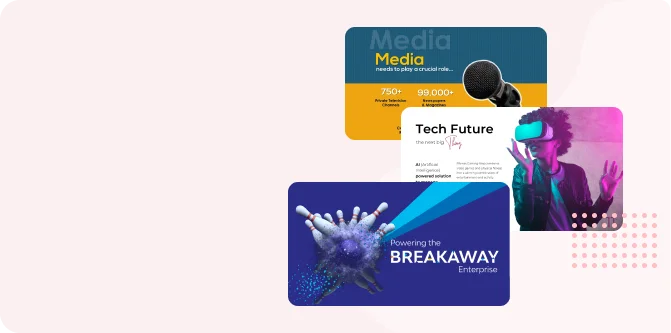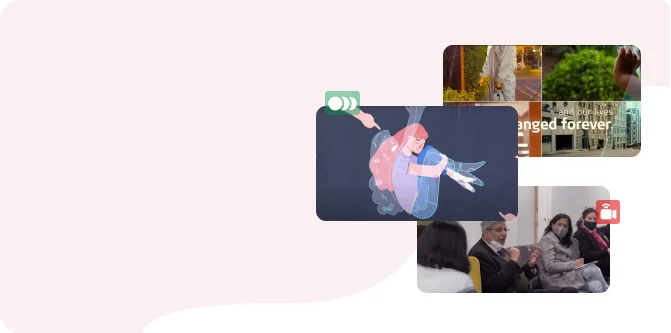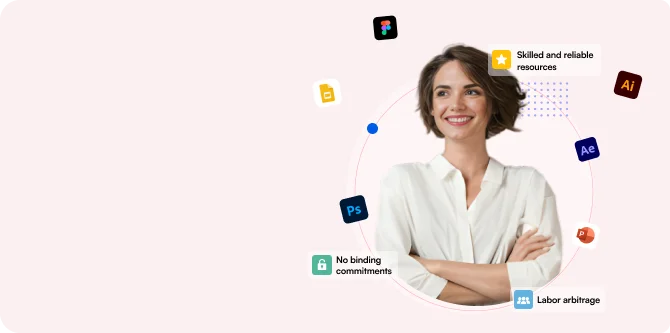2D animation, which also goes by the name of traditional animation still stands as an inspiration to various potential and expert animators in this technology-driven age. Cel technique works on the principles of traditional drawing each image and frame by hand. It’s an authentic technique that’s constantly evolving engrained in creating engaging characters.
Professionals at 2d animation studios bring visuals to life digitally by placing series of images in additive movement.
Some steps to follow in 2D
The first step in this humble technique is storyboarding. Before putting idea from pen to paper, a basic storyline becomes the key element. A script is first laid out of which a storyboard is made. Each drawing is placed in strips and is timed in alignment, similar to a comic book format. The storyboard functions with single panels of sketches with dialogues written on it. The team which works further on the project follow this storyboard. Any changes or edits in the script are done exactly at this stage. Storyboarding saves a lot of time and money later when actual animation happens, so it’s without a speck of doubt an extremely crucial step.
The next step is the incorporation of audio. Each dialogue in the script is given a voice by a voice-over artist. Every word, grunt or even songs which the characters will be shown enacting is dubbed by the voice artist. This is all done to add more substance and helps animators conceptualize the character better.
Once the voice acting part is over, now the journey comes to the next step of animatics. It’s the phase where the voice-over piece is and drawings in the storyboard are closely timed to acquire a rough first cut of a scene. An animator here gets a clear idea of how the timing of the dialogue is working with the animation. At its completion, more required cuts and changes can be made to the project.
Next comes the designing stage. Here each character is designed with precise details worked in a model sheet. Each character is drawn out in every angle and pose designed for it. What comes out at the end of it is the final refined character to be used. This design is used by the creative team in same exact proportions so that he/she doesn’t look dissimilar in different scenes.
The next step that follows is a layout. Here the job of the background artist is to work on camera angles, lightings and shadings to be used in each scene. Character artists too work on the exact poses the animated characters are going to perform in the scenes. Then the characters are drawn doing those poses.
We now finally come to the stage where animation begins. Key animator now draws poses and actions of the characters these sketches are photographed and timed with the existing audio. Pencil tests are run to sync the scenes and the audio. Assistant animators then take over to draw in-between frames not done by the main animator. The team now works on merging the main and in-between scenes together. Detailed tracing of drawings is done on new sheets.
Next, backgrounds for each scene are drawn out. Both in the digital and physical art, backgrounds are always placed on layers separate from the characters and movements in the process. This way both parts come together in perfect alignment.
Lastly, each character is placed in a thin sheet of plastic called cel sheet, the drawings are traced to the cel making the frames ready for coloring. This process is done for each and every animation frame. Each colored cel is now placed onto the background and is then photographed. The process is repeatedly done till each frame is complete. These photographs are finally placed onto the reel of a film which completes the entire animation process.




